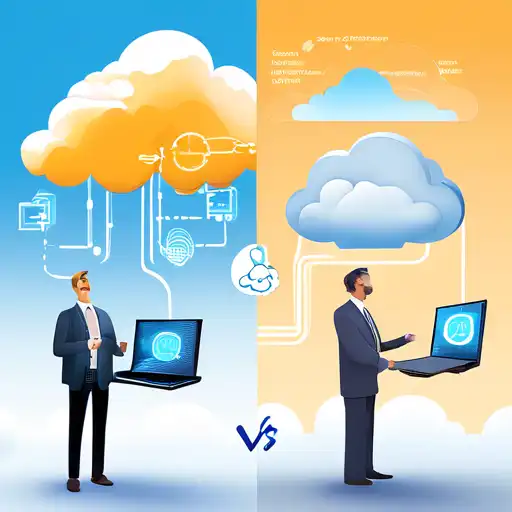Edge Computing vs Cloud Computing: Unveiling the Differences
In the rapidly evolving world of technology, understanding the distinctions between edge computing and cloud computing is crucial for businesses and individuals alike. Both technologies play pivotal roles in data processing and storage, but they cater to different needs and scenarios.
What is Edge Computing?
Edge computing refers to the processing of data near the source of data generation, rather than relying on a centralized data-processing warehouse. This approach minimizes latency, reduces bandwidth use, and enhances the speed of data processing, making it ideal for real-time applications.
What is Cloud Computing?
Cloud computing, on the other hand, involves the delivery of computing services—including servers, storage, databases, networking, software—over the internet ('the cloud'). It offers scalability, flexibility, and cost-effectiveness, allowing businesses to avoid the upfront cost and complexity of owning and maintaining their own IT infrastructure.
Key Differences Between Edge and Cloud Computing
- Latency: Edge computing significantly reduces latency by processing data closer to the source, whereas cloud computing may introduce delays due to data traveling to and from centralized servers.
- Bandwidth: By processing data locally, edge computing reduces the need for constant high-bandwidth connections, unlike cloud computing which relies heavily on internet bandwidth.
- Security: Edge computing can offer enhanced security for sensitive data by keeping it local, while cloud computing requires robust security measures to protect data in transit and at rest.
- Scalability: Cloud computing excels in scalability, allowing businesses to easily adjust resources according to demand, whereas edge computing is more fixed in its capacity.
Choosing Between Edge and Cloud Computing
The choice between edge and cloud computing depends on specific needs. For applications requiring real-time processing and low latency, edge computing is the way to go. However, for scalable, flexible, and cost-effective solutions, cloud computing remains unmatched.
As technology continues to advance, the lines between edge and cloud computing may blur, with hybrid models emerging to leverage the strengths of both. Understanding these differences is key to making informed decisions that align with your technological and business objectives.
For more insights into the latest technology trends, check out our technology trends section.
